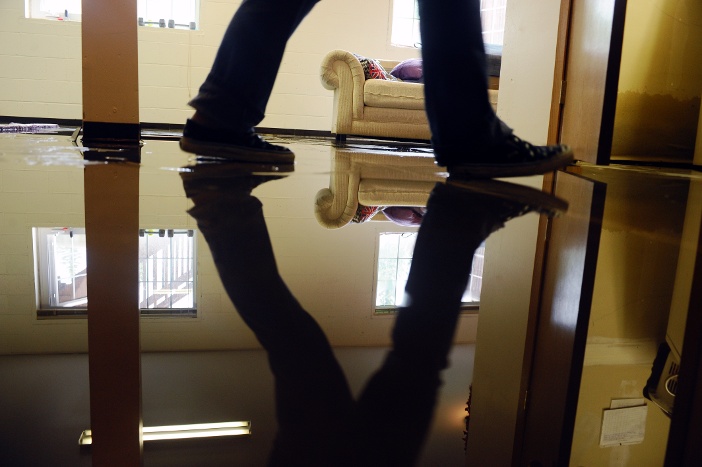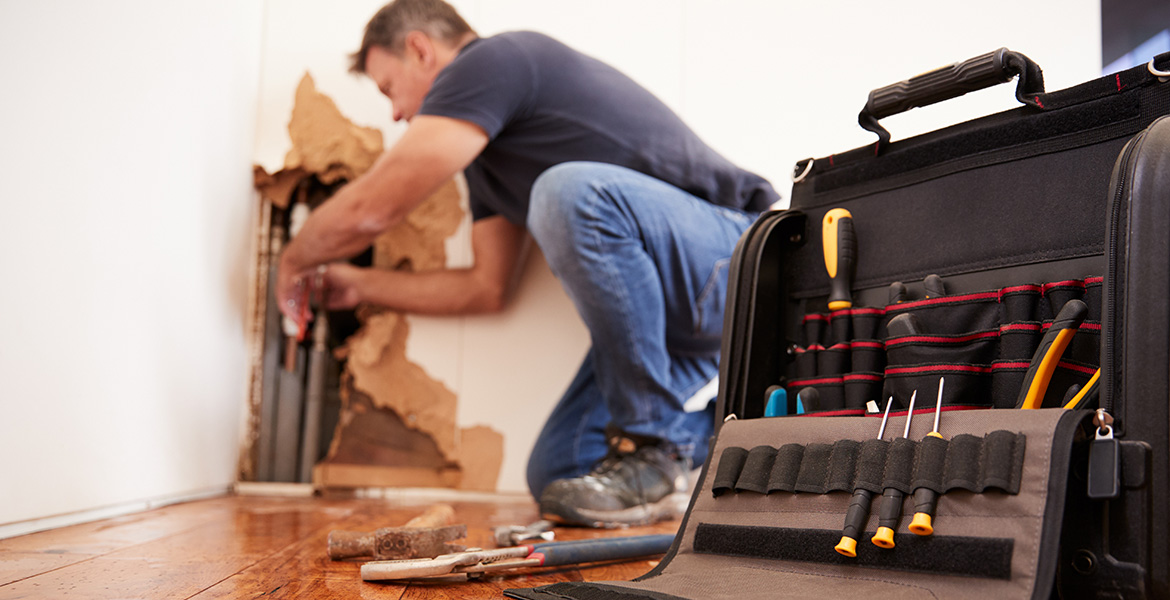Do you find yourself in search of selective information around Is it safe to flush food (especially rice) down the toilet??

Intro
Many individuals are commonly faced with the issue of what to do with food waste, specifically when it involves leftovers or scraps. One common inquiry that develops is whether it's alright to purge food down the commode. In this short article, we'll delve into the reasons people may take into consideration purging food, the consequences of doing so, and alternate approaches for proper disposal.
Reasons individuals might take into consideration purging food
Lack of understanding
Some people might not understand the possible damage caused by purging food down the commode. They may erroneously believe that it's a harmless practice.
Comfort
Flushing food down the bathroom might feel like a fast and simple remedy to getting rid of undesirable scraps, particularly when there's no close-by trash can offered.
Laziness
In many cases, individuals might merely choose to flush food out of sheer idleness, without considering the repercussions of their activities.
Consequences of flushing food down the toilet
Ecological influence
Food waste that winds up in waterways can add to pollution and harm marine environments. Furthermore, the water utilized to flush food can strain water resources.
Plumbing issues
Purging food can lead to stopped up pipes and drains pipes, creating expensive plumbing repairs and inconveniences.
Types of food that ought to not be flushed
Fibrous foods
Foods with fibrous structures such as celery or corn husks can obtain entangled in pipelines and cause obstructions.
Starchy foods
Starchy foods like pasta and rice can absorb water and swell, causing blockages in pipes.
Oils and fats
Greasy foods like bacon or food preparation oils should never ever be flushed down the toilet as they can strengthen and create blockages.
Correct disposal approaches for food waste
Using a waste disposal unit
For homes equipped with garbage disposals, food scraps can be ground up and purged through the plumbing system. Nonetheless, not all foods appropriate for disposal in this manner.
Recycling
Specific food product packaging materials can be reused, lowering waste and reducing environmental impact.
Composting
Composting is a green method to dispose of food waste. Organic products can be composted and used to enrich soil for gardening.
The significance of appropriate waste monitoring
Reducing environmental damage
Proper waste administration techniques, such as composting and recycling, aid minimize contamination and preserve natural deposits for future generations.
Safeguarding plumbing systems
By preventing the technique of flushing food down the commode, homeowners can protect against expensive plumbing repairs and keep the stability of their pipes systems.
Final thought
To conclude, while it may be tempting to purge food down the commode for convenience, it is very important to comprehend the potential effects of this action. By adopting appropriate waste administration techniques and getting rid of food waste responsibly, individuals can add to healthier pipes systems and a cleaner environment for all.
THINK TWICE BEFORE FLUSHING FOOD DOWN YOUR TOILET IN FALLBROOK CA
Let’s be honest, we’re really supposed to be tossing rotten or leftover food in the compost bin or trash can. But many people like to place scraps of food down the drain of, say, their kitchen sink. That’s why the garbage disposal was invented: so we can continue to place certain foods down the drain without clogging our drain in the process. Smart.
But not all of us have the luxury of having a garbage disposal installed. So, you might continue to shove food down your sink drain anyway – or worse: you might flush them down your toilet! If you’re guilty of doing the latter, you’re going to want to stop, and here’s why:
Toilet Drains Aren’t Designed to Handle Food!
There’s your answer: food just doesn’t belong in your toilet. It may seem like your toilet drain is wider than the drains of your sinks, but truth be told, that isn’t actually the case. The narrower pipes of your toilet leave your plumbing at risk for clogging if you do happen to flush your food. In addition, food doesn’t break down as quickly that toilet paper and human waste do. In turn, this leaves your toilet at risk for a nasty clog.
Although a flush of a tiny pinch of food every now and then isn’t going to completely damage your toilet, there are certain foods that should absolutely not be flushed in your toilet at all. These include starchy foods like mashed potatoes, grains, hard pieces of food that are slow to break down, and fats and oils.
The latter categories of food are particularly problematic as they may harden, expand as they absorb water, break down slowly in your system, or generally create the perfect obstruction with their gelatinous composition. These are all things you don’t want in your plumbing system!
Experiencing a Toilet Clog?
Nobody’s perfect, and we all make mistakes. Sometimes one of the mistakes people make is flushing food down their toilet and later realizing that it wasn’t the best thing to do once they see that their toilet is now clogged. Uh-oh!

As a devoted person who reads on Think Twice Before Flushing Food Down Your Toilet, I imagined sharing that piece of content was worthwhile. Be sure to set aside a second to promote this blog post if you enjoyed it. Thank you for going through it.
Call Today

